The U.S. can’t afford to lag behind other countries in developing its central bank digital currency (CBDC). Doing so could mean losing the U.S. dollar’s status as a global reserve currency.
This was the warning given by Federal Reserve Governor Lael Brainard in an announcement on May 24, according to Cointelegraph. Brainard foresees CBDC projects becoming important in the future to the point of exerting a “significant effect” on the global financial system.
“Given the potential for CBDCs to gain prominence in cross-border payments and the reserve currency role of the dollar, it is vital for the United States to be at the table in the development of cross-border standard,” the Fed Governor said, urging the U.S. to plays a leading role in the area.
The Fed is currently closely monitoring four areas of CBDC development. These include “the growing role of digital private money, the migration to digital payments, plans for the use of foreign CBDCs in cross-border payments, and concerns about financial exclusion.”
Brainard pointed out the potential advantages of a CBCD as it can be integrated into existing digital payments systems. She noted that it took weeks for households that did not have updated bank info with the IRS to receive their prepaid debit cards for their covid-19 payouts.
“We must explore—and try to anticipate—the extent to which households' and businesses' needs and preferences may migrate further to digital payments over time,” the Fed Governor said. Digital payments adoption accelerated during the pandemic lockdown as people opted for non-cash options for their transactions.
“In any assessment of a CBDC, it is important to be clear about what benefits a CBDC would offer over and above current and emerging payments options, what costs and risks a CBDC might entail, and how it might affect broader policy objectives,” Brainard explained.
While stablecoin usage has risen, the Fed Governor highlighted some of its risks including the potential loss of monetary policy control, which could be mitigated with the use of a CBDC. “Unlike central bank fiat currencies, stablecoins do not have legal tender status, there is a risk that the widespread use of private monies for consumer payments could fragment parts of the U.S. payment system in ways that impose burdens and raise costs for households and businesses,” she added.
Federal Reserve chair Jerome Powell also acknowledged the potential risks posed by the use of stablecoins. “As stablecoins’ use increases, so must our attention to the appropriate regulatory and oversight framework,” Powell said on May 20.





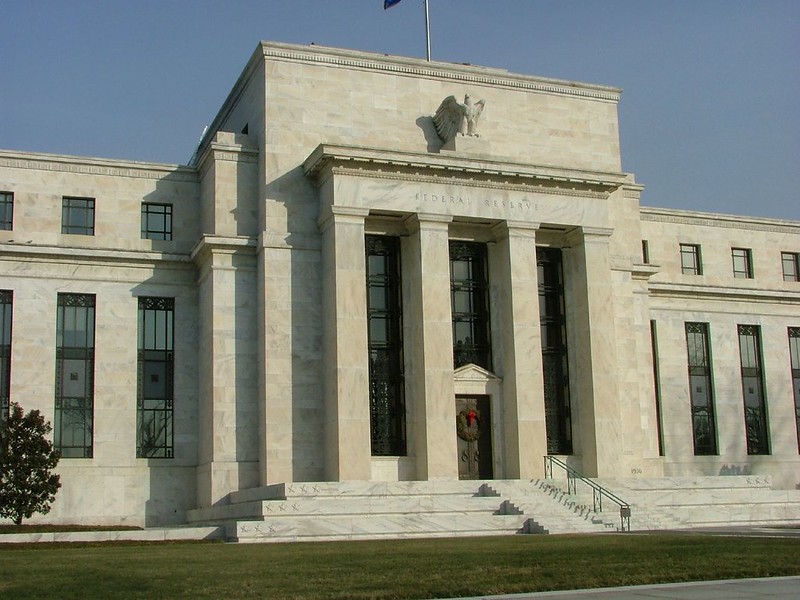
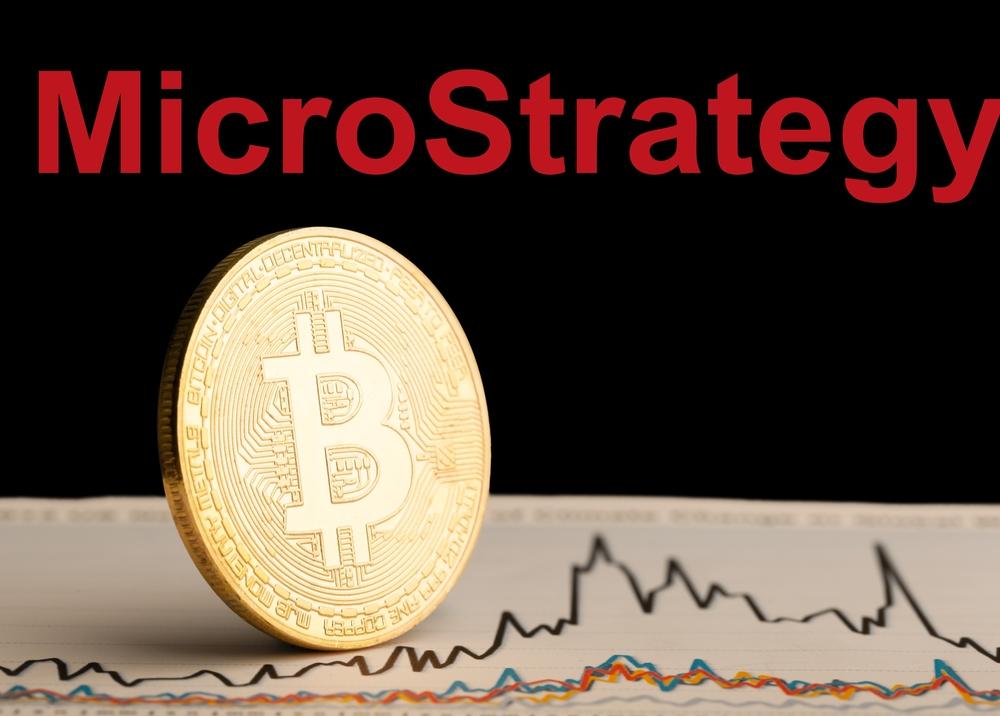
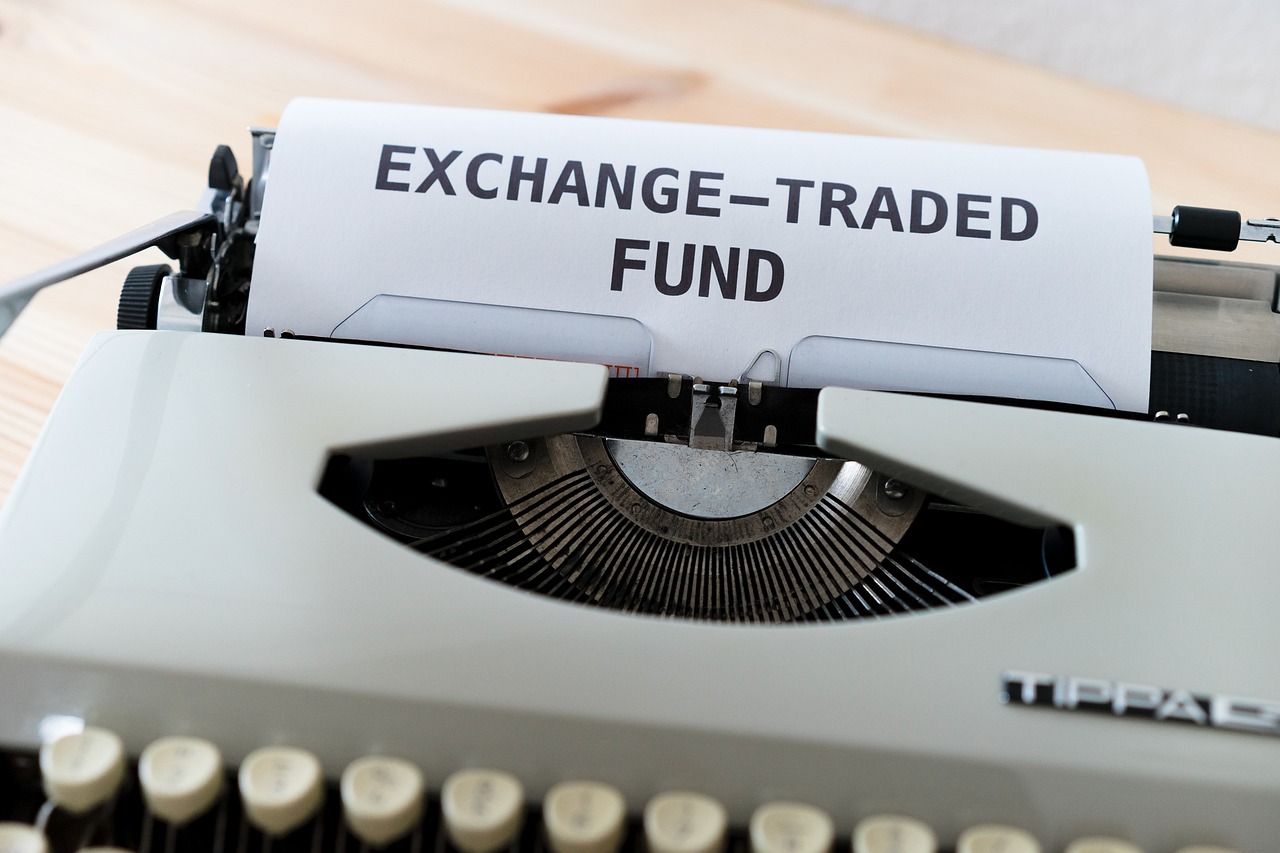




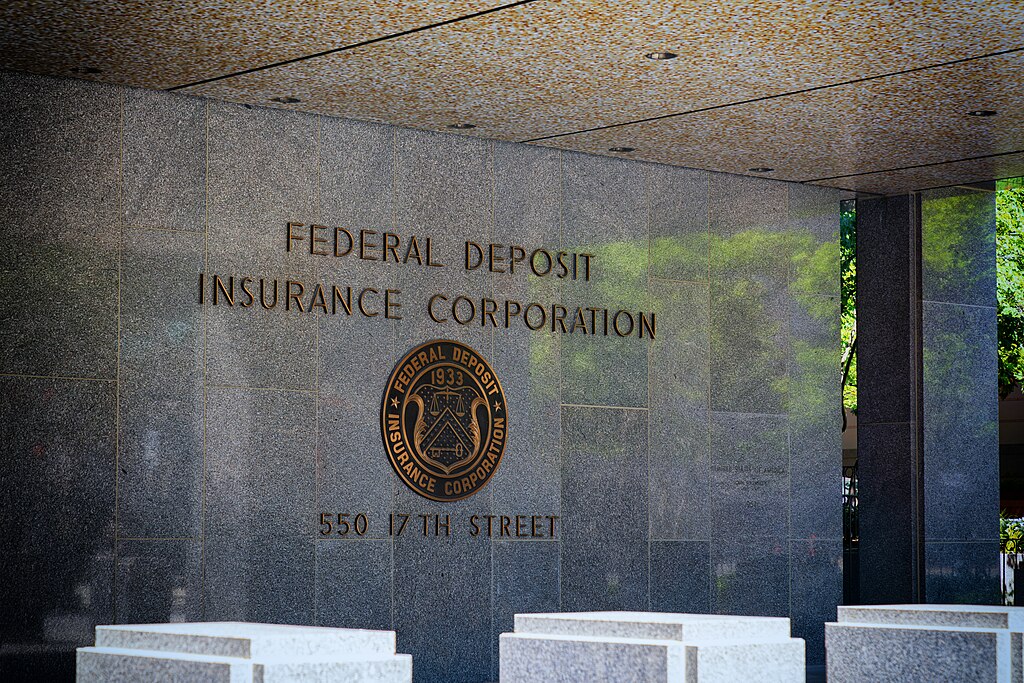



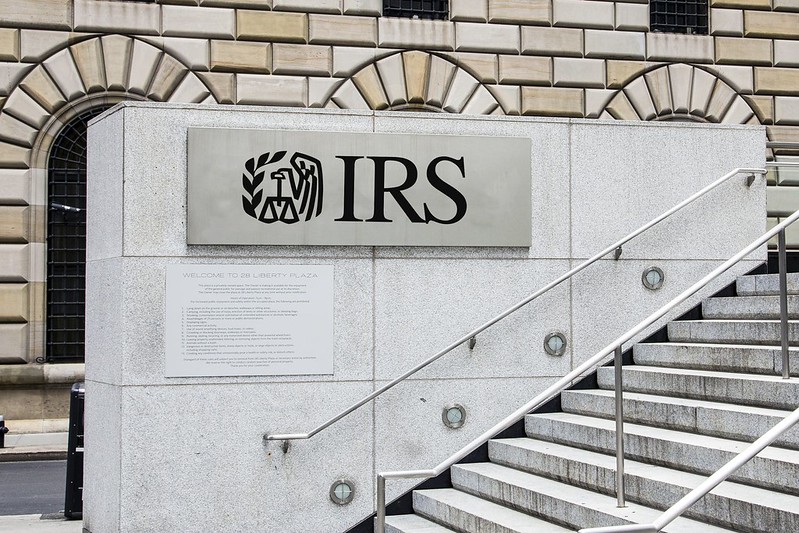



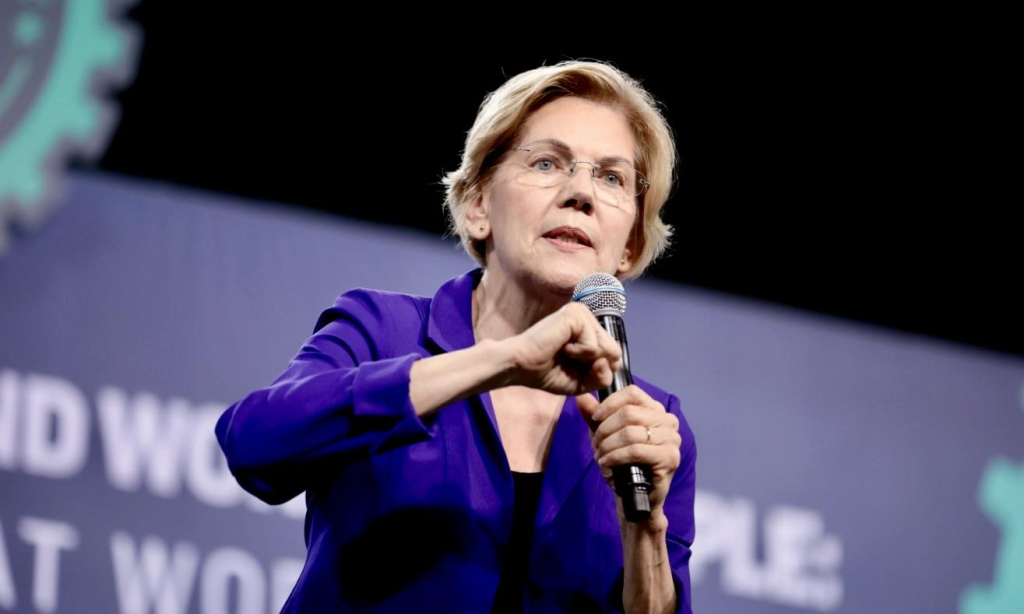
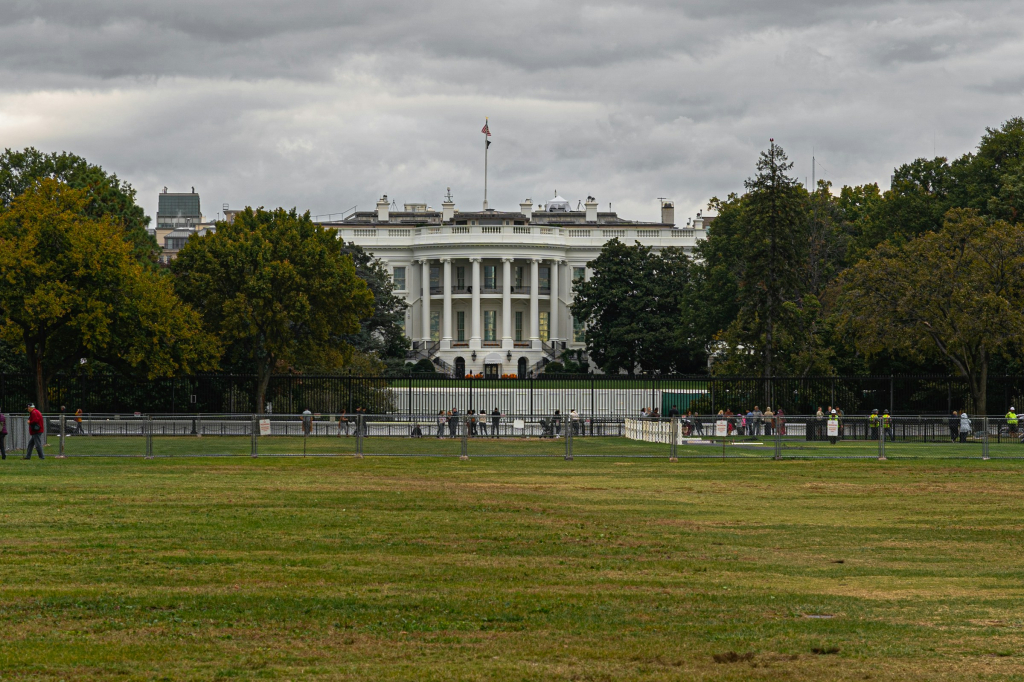
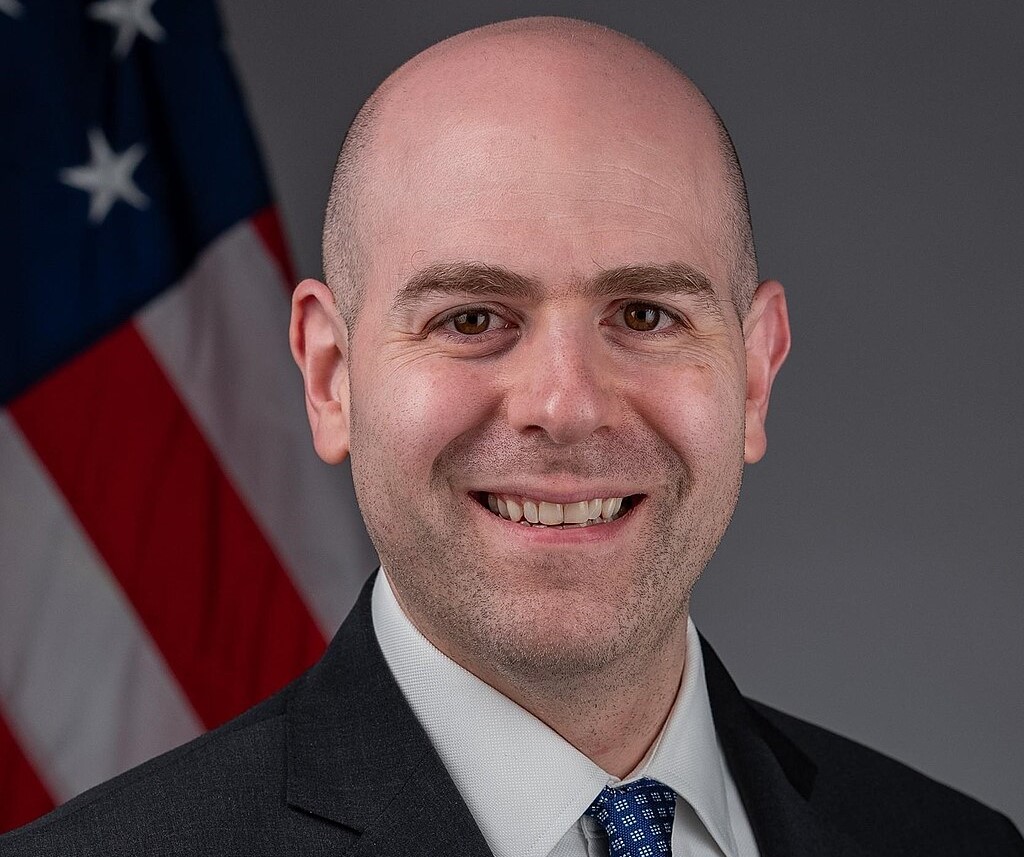
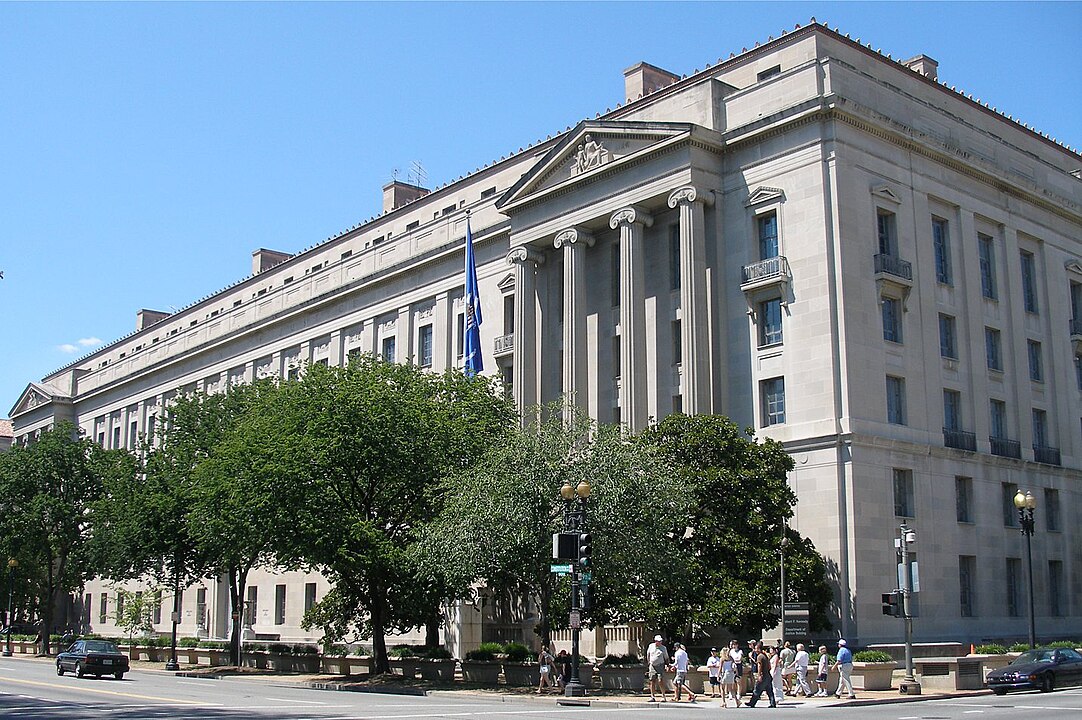
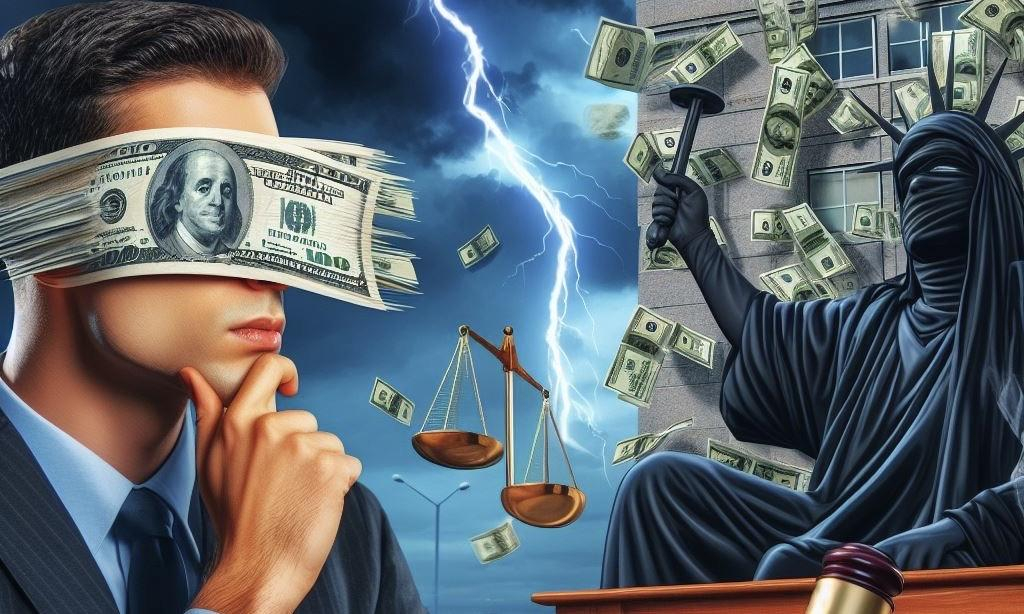
Comment 2